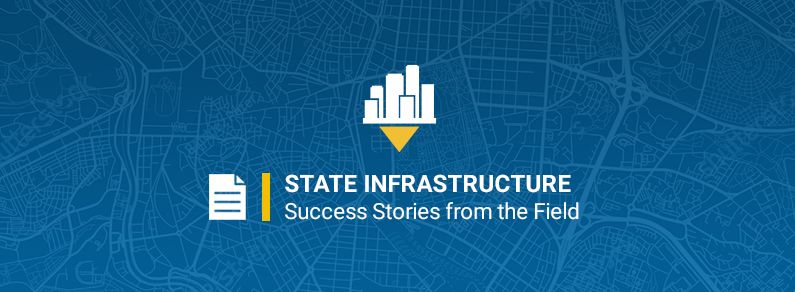Utah’s Multifaceted Suicide Prevention Program
January 28, 2020

The Utah Department of Health and Human Services’ Division of Substance Abuse and Mental Health oversees the implementation of the state’s multifaceted suicide prevention plan in collaboration with the Utah Suicide Prevention Coalition. Utah has provided consistent state funding for implementation of prevention efforts since 2013, when HB 364 mandated the creation of a Utah suicide prevention program and suicide prevention coordinator. Also since 2013, a combination of federal and state funding has supported a variety of suicide prevention strategies. There is also an annual line item for suicide prevention in the state budget.
Utah has developed a comprehensive state suicide prevention plan that addresses suicide through all levels of the social-ecological model. Utah’s suicide prevention program identifies key groups at increased risk of suicide and their associated risk and protective factors, and then chooses strategies to effectively reach these groups. Through this process, the state ensures a lifespan focused, statewide approach to suicide prevention in which funds are used to support evidence-based strategies and programs, including primary prevention, crisis response, and postvention activities.
To enhance its ability to reach high-risk groups across the lifespan and the state, the Utah Suicide Prevention Coalition maintains work groups focused on special populations and evidence-based strategies. The statewide coalition provides technical assistance to community coalitions that guide the development of local infrastructure to prevent suicide.
Utah ensures continued funding for the approach described above through evaluation and reports to the legislature and the Governor’s Mental Health Advisory Committee. But the Utah suicide prevention program does not just use its data for reporting. It also examines data for new risk and protective factors and gaps that need to be addressed through prevention programming. Utah’s suicide prevention and crisis services administrator shared that in order to have a sustainable and effective suicide prevention program, prevention leadership must have a solid sense of what needs to be done, how they will use funding, and how that funding will help address the problem.
Learn how your state can develop similar infrastructure and read additional examples by visiting the Build essential element of SPRC’s State Infrastructure Recommendations.
